JAJSC60E May 2016 – May 2021 THS6212
PRODUCTION DATA
- 1 特長
- 2 アプリケーション
- 3 概要
- 4 Revision History
- 5 Pin Configuration and Functions
- 6 Specifications
- 7 Detailed Description
- 8 Application and Implementation
- 9 Power Supply Recommendations
- 10Layout
- 11Device and Documentation Support
- 12Mechanical, Packaging, and Orderable Information
6.9 Typical Characteristics: VS = 28 V
At TA ≈ 25°C, AV = 10 V/V, RF = 1.24 kΩ, RL = 100 Ω, RS = 2.5 Ω, RADJ = 0 Ω, full-bias mode (unless otherwise noted).
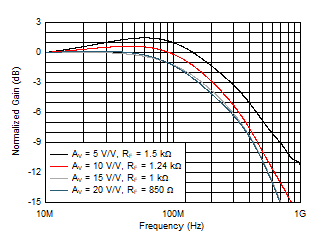
| VO = 2 VPP |
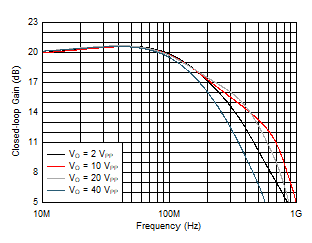
| AV = 10 V/V |
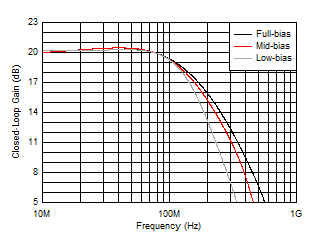
| VO = 40 VPP |
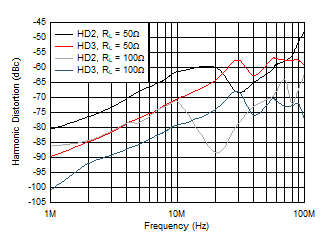
| VO = 2 VPP |
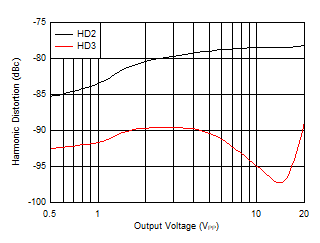
| f = 1 MHz, RL = 50 Ω |
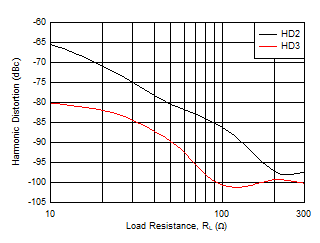
| f = 1 MHz, VO = 2 VPP |
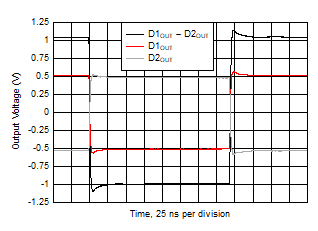
| VO step = 2 VPP |
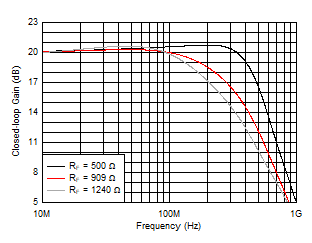
| VO = 2 VPP |
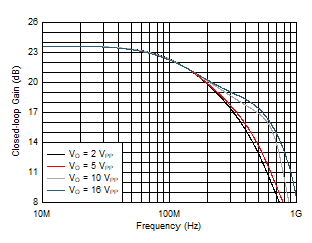
| AV = 15 V/V |
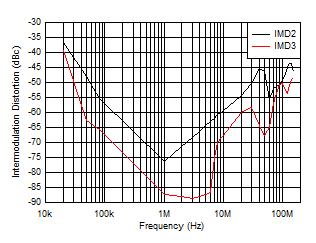
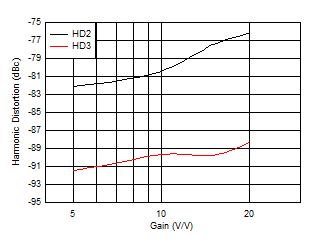
| f = 1 MHz, VO = 2 VPP RL = 50 Ω |
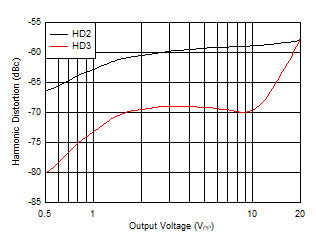
| f = 10 MHz, RL = 50 Ω |
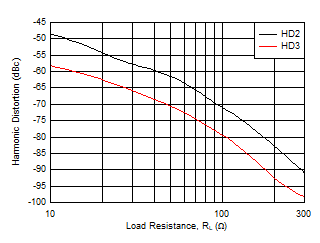
| f = 10 MHz, VO = 2 VPP |
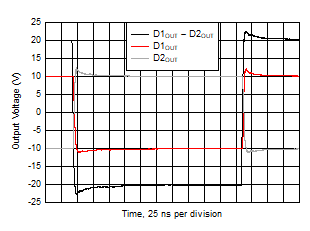
| VO step = 40 VPP |